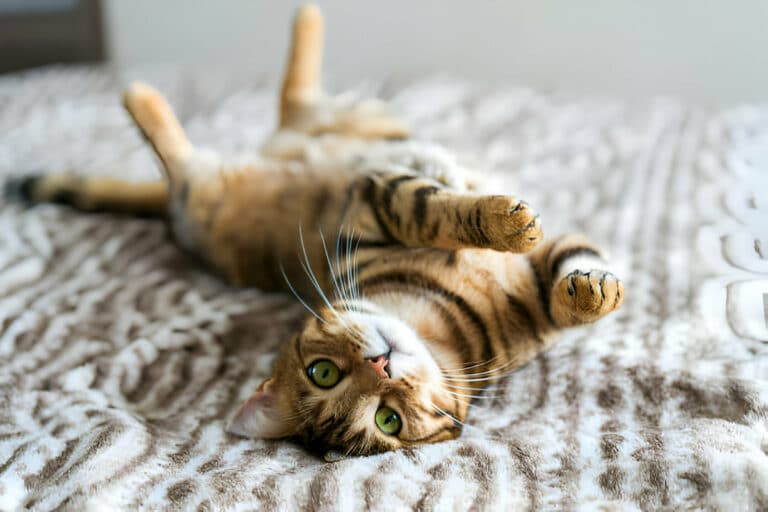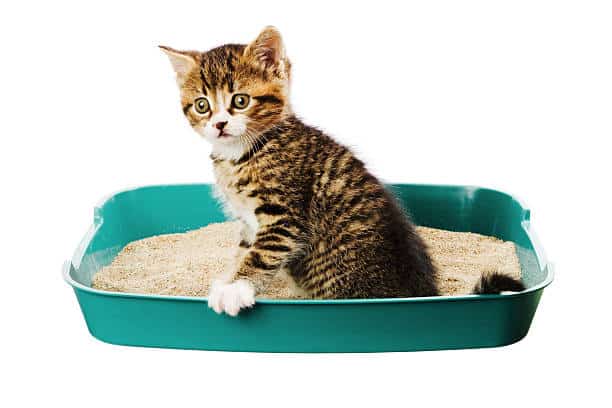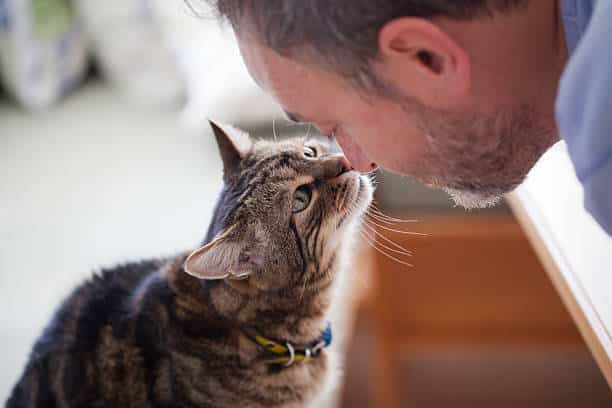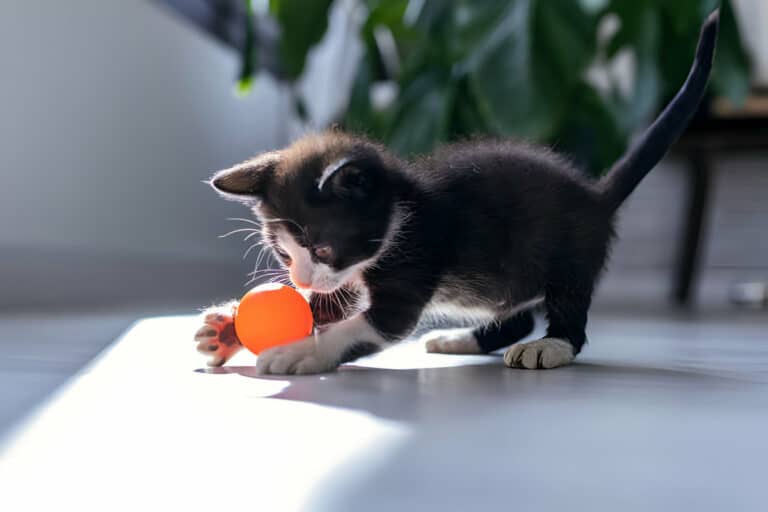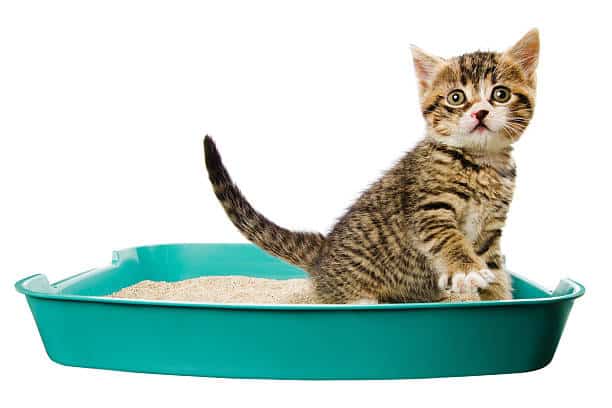Common Cat Behaviors And What They Mean
It’s important for cat owners to be familiar with common feline behaviors to better understand and communicate with their pets. Cats have their unique ways of expressing themselves, and recognizing these behaviors can help strengthen the bond between cats and their owners. From kneading to chirping, this blog post will investigate into the meanings behind some of the most common cat behaviors, shedding light on what your furry friend might be trying to tell you.
Communication Through Body Language
Tail Movements and Postures
Communication through body language is a significant aspect of understanding your cat’s needs and emotions. Tail movements and postures play a vital role in deciphering what your feline friend is trying to express. A high, vertical tail indicates a happy and confident cat, while a low or tucked tail suggests fear or submission. A flicking tail can be a sign of irritation or excitement, and a puffed-up tail indicates agitation or fear.
Ear Positions and What They Indicate
They say a lot without making a sound – your cat’s ear positions can reveal a wealth of information about their current state of mind. Ears held forward typically indicate an alert and curious cat, ready to engage with its surroundings. On the other hand, flattened ears against the head can signal fear, aggression, or discomfort. Paying attention to how your cat holds its ears can provide valuable insights into its emotions and intentions.
With a bit of observation and understanding, you can decode your cat’s body language like a pro. By paying attention to their tail movements, postures, and ear positions, you can better comprehend their feelings and respond accordingly. Building this communication bridge through body language will strengthen your bond with your feline companion and ensure a harmonious relationship.
Vocalization and Sound Expressions
Different Types of Meows and Their Meanings
It is crucial to understand the various types of meows that your feline friend uses to communicate. Cats have a wide range of vocalizations, each with its unique meaning. Here are some common meows and what they typically signify:
| Meow Type | Meaning |
|---|---|
| Short Meow | Greeting or acknowledgment |
| Long Meow | Demanding attention or food |
| High-Pitched Meow | Desire to go outside or play |
| Low-Pitched Meow | Displeasure or annoyance |
| Rapid Meow | Excitement or urgency |
Though cats may have individual variations in their meows, understanding these general tendencies can help decipher what your feline companion is trying to convey.
Purring, Hissing, and Other Vocal Sounds
Vocal sounds such as purring, hissing, growling, and yowling are crucial forms of cat communication. Each sound serves a specific purpose, whether it’s expressing contentment through purring or indicating fear with hissing or growling.
Plus, cats may use yowling to signal distress or mating behavior. By paying attention to these vocal cues, you can better understand your cat’s emotional state and respond appropriately to their needs.
Social Behaviors and Interaction
Interpreting Playful Actions Versus Aggression
On the surface, it may sometimes be difficult to differentiate between a cat’s playful actions and aggressive behaviors. However, there are subtle cues that can help you understand their intentions. Playful behaviors often include a relaxed body posture, soft paws, and tail twitching. On the other hand, signs of aggression may include flattened ears, dilated pupils, hissing, growling, and aggressive body language such as a stiff posture or arched back.
Cat-to-Cat versus Cat-to-Human Behaviors
Behaviors exhibited by cats towards other felines can vary significantly from how they interact with humans. Cats may groom each other, engage in mutual play, or even cuddle together as a sign of social bonding. On the contrary, when interacting with humans, cats may show affection through kneading, head butting, or purring. Understanding these differences can help you strengthen your bond with your feline companion.
Another aspect to consider is that cats may use different communication styles when interacting with other cats compared to when they are interacting with humans. While cats use body language and vocalizations primarily with their own species, they often rely on scent marking and facial expressions to communicate with humans. This distinction highlights the importance of recognizing the various ways in which cats interact with different individuals in their environment.
Daily Habits and Quirks
Eating Patterns and Food Preferences
Food is a crucial part of a cat’s daily routine. Many cats prefer to eat small meals multiple times throughout the day rather than one large meal. Cats are obligate carnivores, meaning they require a diet high in animal protein. Their food preferences may vary based on texture, temperature, and even the shape of the food. Some cats may be picky eaters, while others will happily devour anything in front of them.
Litter Box Behaviors and Cleanliness
With litter box behaviors, cats can be quite particular. Cats are generally clean animals and prefer their litter boxes to be kept tidy. Many cats have specific preferences for the type of litter, the depth of the litter, and the location of the box. Changes in litter box habits could indicate health issues or stress. It’s vital to keep the litter box clean and accessible at all times to encourage good bathroom habits in your cat.
It’s crucial to monitor your cat’s eating habits and litter box behaviors regularly to ensure their overall health and well-being. If you notice any significant changes in these daily habits, it’s advisable to consult with your veterinarian to rule out any underlying medical issues.
Final Thoughts
The Significance of Patience and Observation
Not all cat behaviors are immediately decipherable. It takes time and careful observation to truly understand what your feline companion is trying to communicate. Patience is key when unraveling the mysteries of your cat’s behavior. By taking the time to observe and learn your cat’s signals, you can strengthen your bond and build a deeper connection with your pet.
Further Steps in Strengthening Your Bond With Your Cat
Finalizing your bond with your cat goes beyond just understanding their behaviors. Any efforts to strengthen your bond should involve creating a safe and enriching environment for your cat. Providing mental and physical stimulation through interactive play, puzzle feeders, and designated cat-friendly spaces can help foster a strong bond between you and your feline friend.
Steps such as setting aside dedicated time for quality interactions, grooming sessions, and positive reinforcement can also contribute to a deeper connection with your cat. Understanding your cat’s preferences, boundaries, and individual personality traits is imperative in building trust and mutual respect in your relationship.
FAQ
Q: What does it mean when a cat kneads or “makes biscuits”?
A: When a cat kneads with their paws, it is a behavior that stems from kittenhood when they kneaded their mother’s belly to stimulate milk flow. In adulthood, kneading can signify contentment, comfort, or even mark territorial boundaries with their scent glands in their paw pads.
Q: Why do cats groom themselves excessively?
A: Cats are naturally meticulous groomers, but excessive grooming can indicate stress, anxiety, allergies, or underlying medical issues. It’s important to monitor your cat’s grooming habits and consult a veterinarian if you notice any drastic changes or signs of skin irritation.
Q: What does it mean when a cat brings dead prey to their owners?
A: Cats are natural hunters, and bringing dead prey, such as mice or birds, to their owners is a common instinctual behavior. It is a sign of affection and a way for cats to show appreciation or teach their owners hunting skills. While this behavior may be unsettling, it’s important to understand and not punish the cat for displaying their natural instincts.


